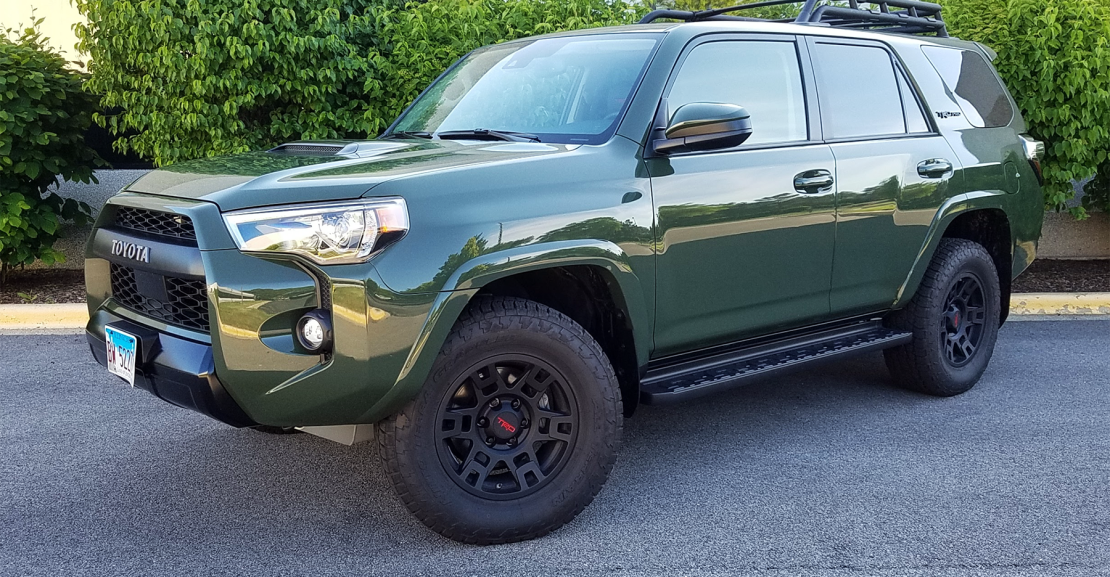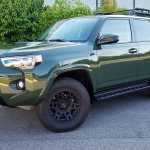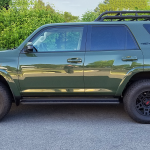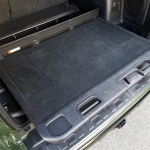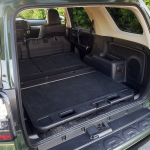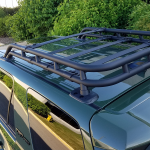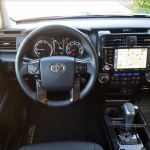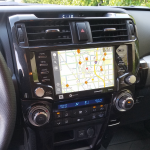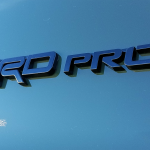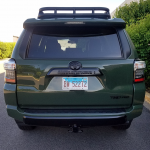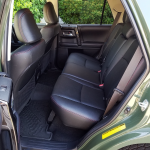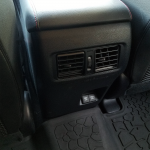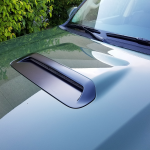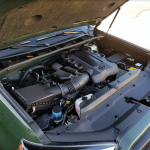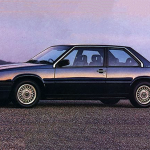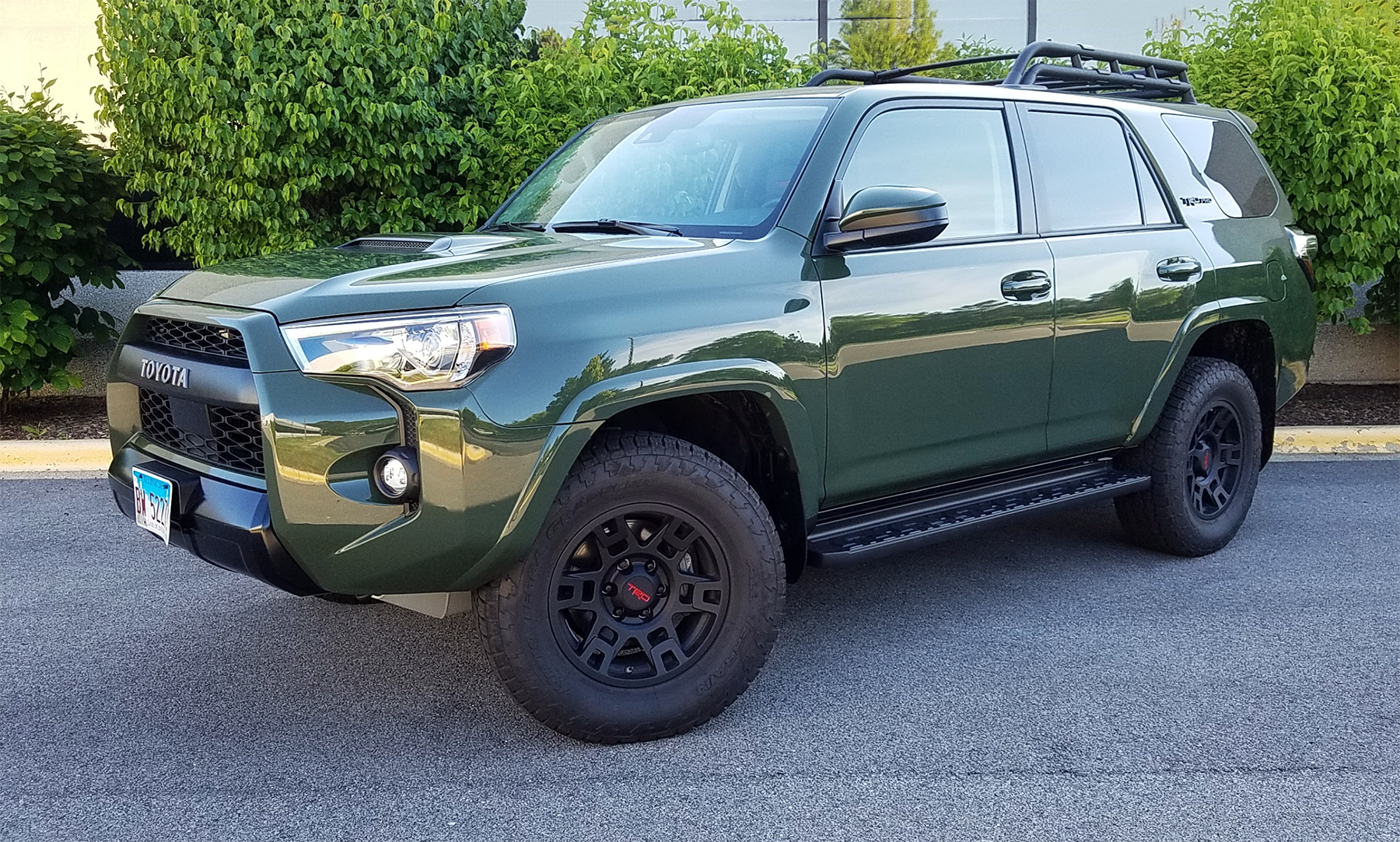
 2020 Toyota 4Runner TRD Pro
2020 Toyota 4Runner TRD Pro
Class: Midsize Crossover/SUV
Miles Driven: 376
Fuel Used: 21.8 gallons
Real-world fuel economy: 17.2 mpg
Driving mix: 50% city, 50% highway
EPA-estimated fuel economy: 16/19/17 (city, highway, combined)
Fuel type: Regular Gasoline
| CG Report Card | |
|---|---|
| Room and Comfort | B- |
| Power and Performance | B+ |
| Fit and Finish | B- |
| Fuel Economy | C |
| Value | B- |
| Report-card grades are derived from a consensus of test-driver evaluations. All grades are versus other vehicles in the same class. Value grade is for specific trim level evaluated, and may not reflect Consumer Guide's impressions of the entire model lineup. | |
| Big & Tall Comfort | |
| Big Guy | B+ |
| Tall Guy | B |
| Big & Tall comfort ratings are for front seats only. "Big" rating based on male tester weighing approximately 350 pounds, "Tall" rating based on 6'6"-tall male tester. | |
| Drivetrain | |
| Engine Specs | 270-hp 4.0L |
| Engine Type | V6 |
| Transmission | 5-speed automatic |
| Drive Wheels | 4WD |
Base price: $49,765 (not including $1120 destination charge)
Options on test vehicle: sliding rear cargo deck w/underfloor storage compartment ($350), running boards ($345), cargo divider ($149), door edge guards ($79), blackout emblem overlays ($160)
Price as tested: $51,968
Quick Hits
The great: Build quality; off-road credentials
The good: Rugged, adventurous looks; cargo room
The not so good: Fuel economy; step-in height; aged basic platform; cabin ergonomics and on-road composure trail most crossover-style SUVs
More 4Runner price and availability information
John Biel
If you’re going to continue to make a body-on-frame midsize sport-utility vehicle—as Toyota does with the 4Runner—for a market that seems perfectly happy with unit-body crossovers, then you might as well play up its greatest advantage. Toyota does that, too.
Of the 4Runner’s nine trim-and-driveline permutations, six come with 4-wheel drive, and half of them are some sort of TRD-badged off-road special. At the top of that little subgroup—and at the price pinnacle of the entire 4Runner product line—rests the TRD Pro that Consumer Guide had the chance to test.
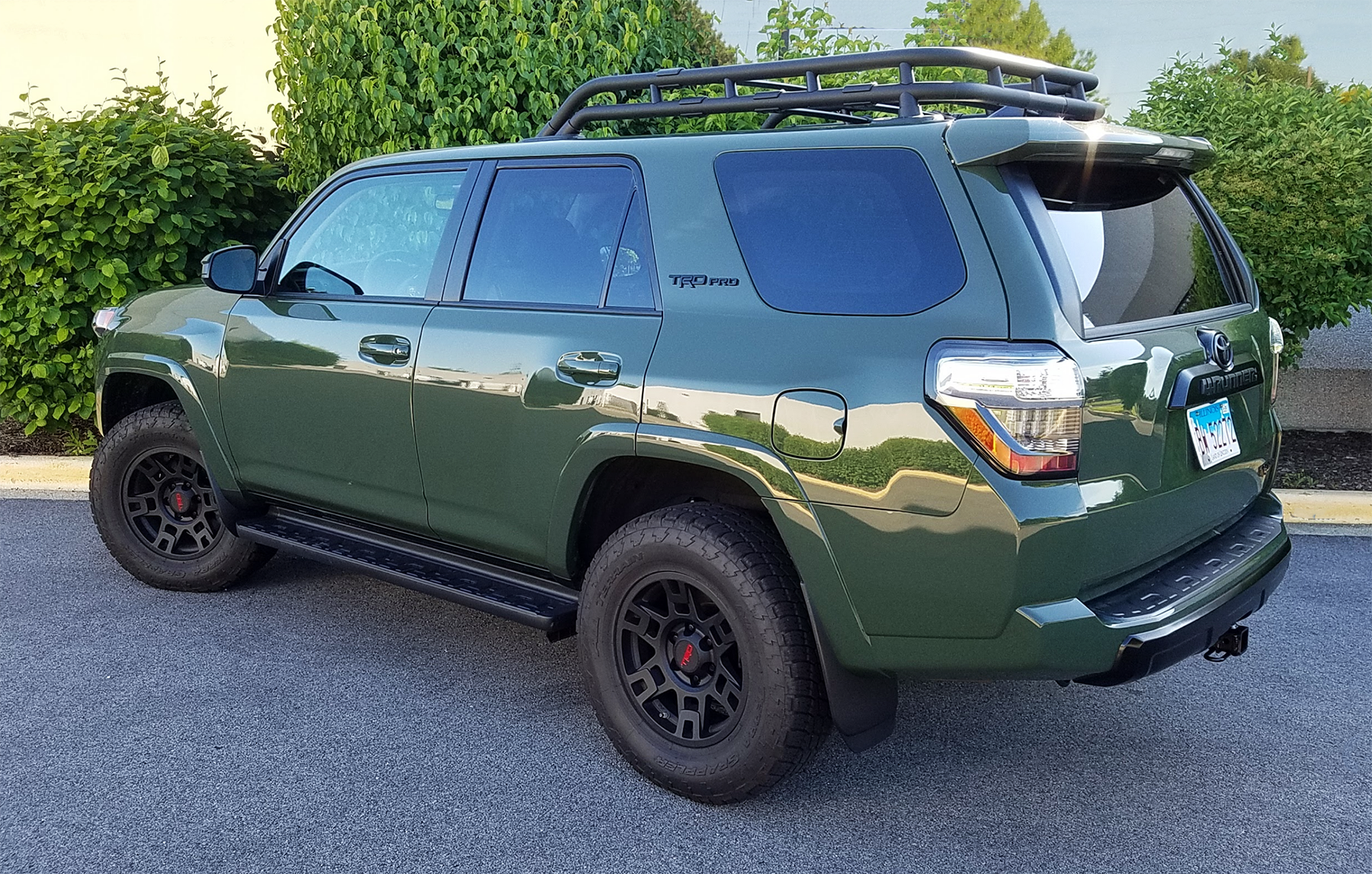
The 4Runner TRD Pro starts at $50,885 with delivery. That’s $7295 more than what Toyota charges for a TRD Off-Road Premium and $10,180 in excess of the basic Off-Road model. The extra cash buys a considerable list of items that are mostly unique to the Pro.
Chassis distinctions include large Fox-brand shock absorbers with remote fluid reservoirs for the rear shocks, TRD-tuned front coil springs, and 265/70R17 Nitto Terra Grappler all-terrain tires. (Front and rear tread widths are a matched 64.1 inches, 0.9 inch wider than on the TRD Off-Road models.) Fog lights are upgraded to LED illumination, and a “roof basket” for carrying stuff replaces the lesser models’ top rails. A TRD-labeled stamped-aluminum skid plate peeps out from the undercarriage—in addition to the engine/suspension, fuel-tank, and transfer-case skid plates that protect all the off-pavement specials. A specific grille, badges, and 7-spoke 17-inch alloy wheels, all in black, call out the Pro. Additional standard comforts and conveniences include automatic headlights, moonroof, all-weather floor liners, and a 15-speaker JBL audio system with Toyota’s “Service Connect” remote vehicle monitoring capability.
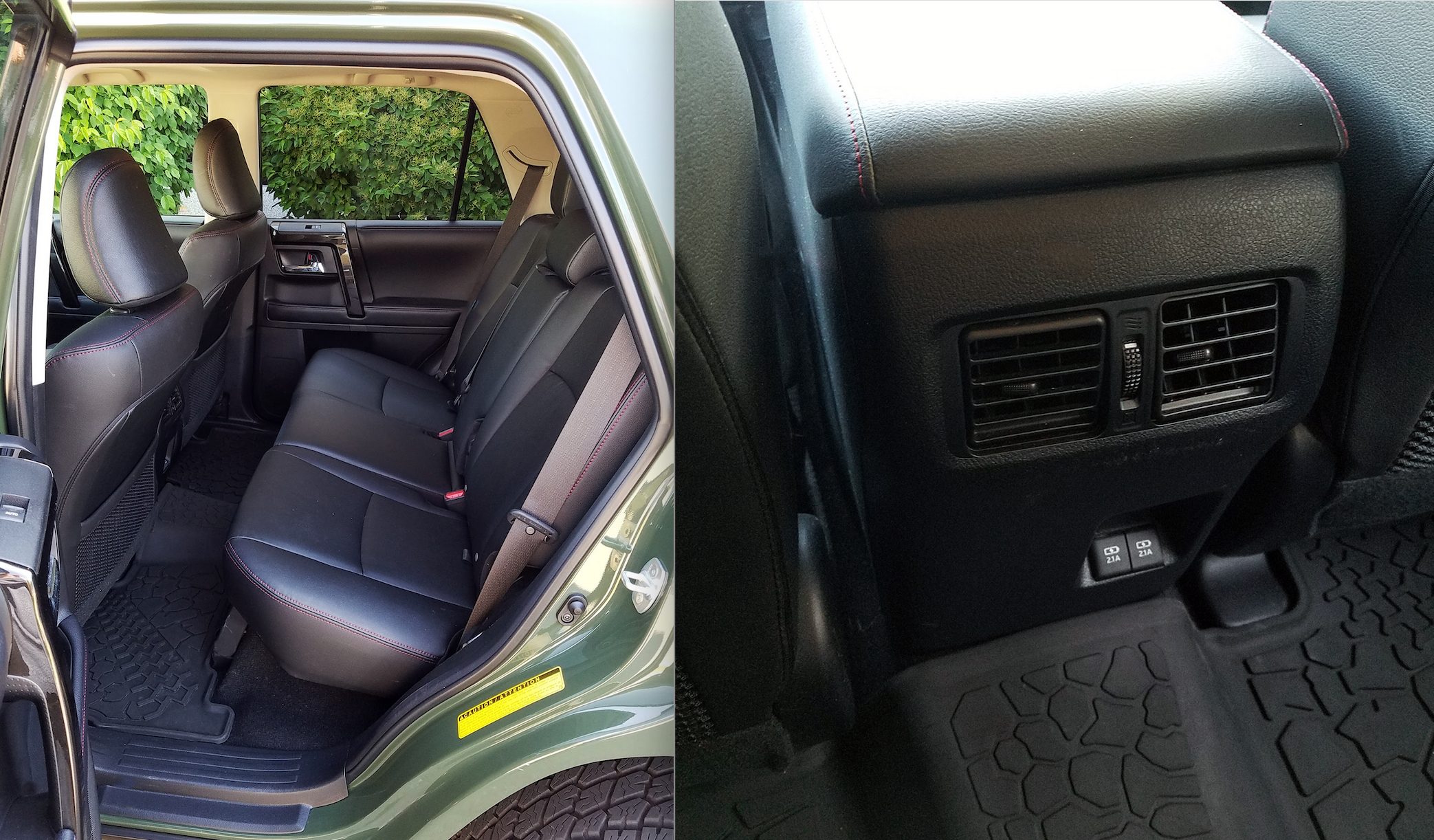
Like the two Off-Road jobs, the TRD Pro comes with part-time 4-wheel-drive activated by lever in the center console. Active traction control, an electronically controlled locking rear differential, selectable terrain settings, crawl control, and hill-start assist are other standards that steel all 4Runner TRDs for off-road duty.
We didn’t have the opportunity to get the Army Green test vehicle off of any beaten paths. As for its on-road behavior, at highway speeds it displayed considerable road noise and required a fairly steady stream of very minor steering corrections, likely attributable to the all-terrain rubber. Otherwise, it called to mind Off-Road Premiums that CG has tested in recent years, with a stiffer ride and heavier handling than in crossovers, and some sense of tippiness when cornering.
Test Drive: 2020 Jeep Gladiator Mojave
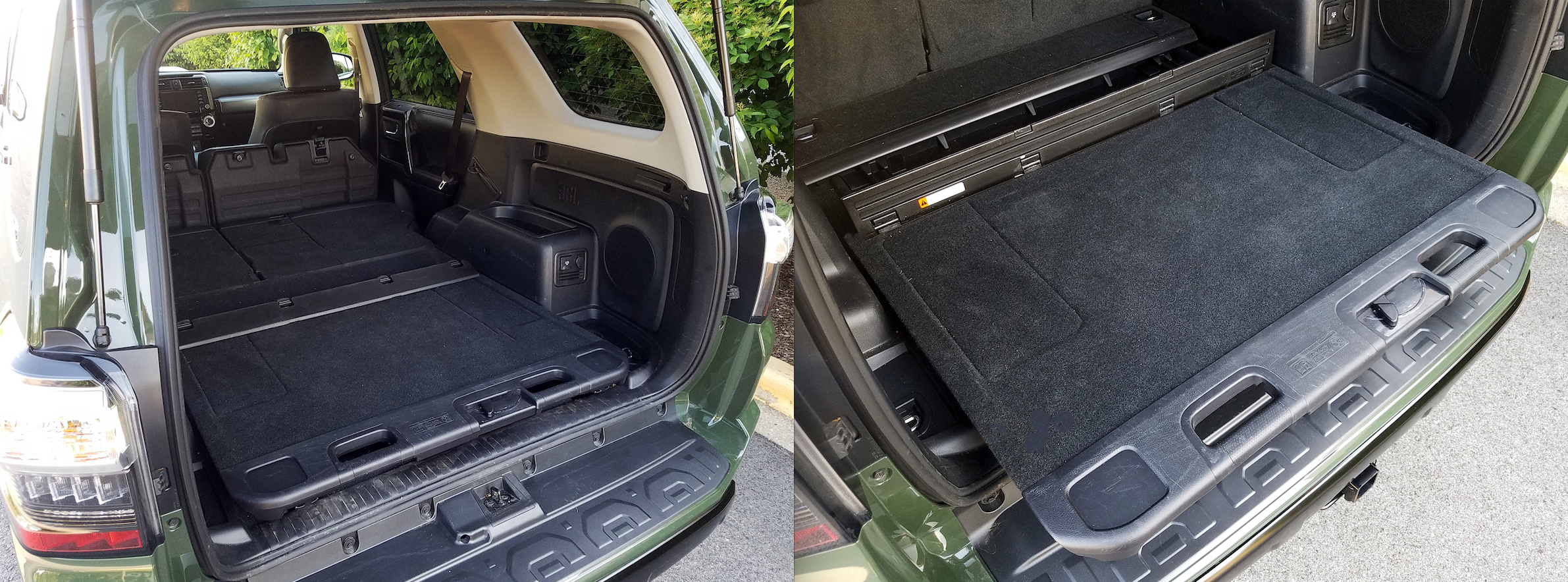
The 4Runner’s construction type might seem outmoded—it’s the only body-on-framer left in its size class—but it is genuinely old. The overall design of the current generation was new for 2010; the last significant freshening was done in 2014. Since then it has come down to a series of model-line changes and equipment advances to make what improvements have gone into the 4Runner. For 2020, all models receive Toyota Safety Sense P safety equipment (autonomous emergency braking, lane-departure warning, adaptive cruise control, and automatic high-beam headlights) and Apple CarPlay/Android Auto capability as standard fare. Other significant items built into the TRD Pro include navigation, an 8-inch touchscreen, air conditioning, SofTex leatherette upholstery, heated front seats with “TRD” identification stitched in red on the headrests, leather-wrapped tilt and telescoping steering wheel, keyless entry and starting, automatically dimming rearview mirror, heated power external mirrors, and a power sliding rear window.
There is nothing new about the 4Runner powerteam: a 4.0-liter V6 of 270 horsepower and 281 lb-ft of torque joined to a 5-speed automatic transmission. There’s nice life to around-town behavior, with good standing-start response. The 4Runner also cruises comfortably on the expressway when traffic conditions permit. The transmission may be down a few gears by modern measure, but it still serves the vehicle well. Kickdown for passing power happens quickly. EPA estimates for fuel mileage are 16 mpg in city driving, 19 mpg in highway use, and 17 combined. This reviewer recorded 17.8 mpg after driving the test truck for 59.7 miles, 40 percent of that in city-style operation.
Quick Spin: 2020 Toyota Tacoma TRD Pro
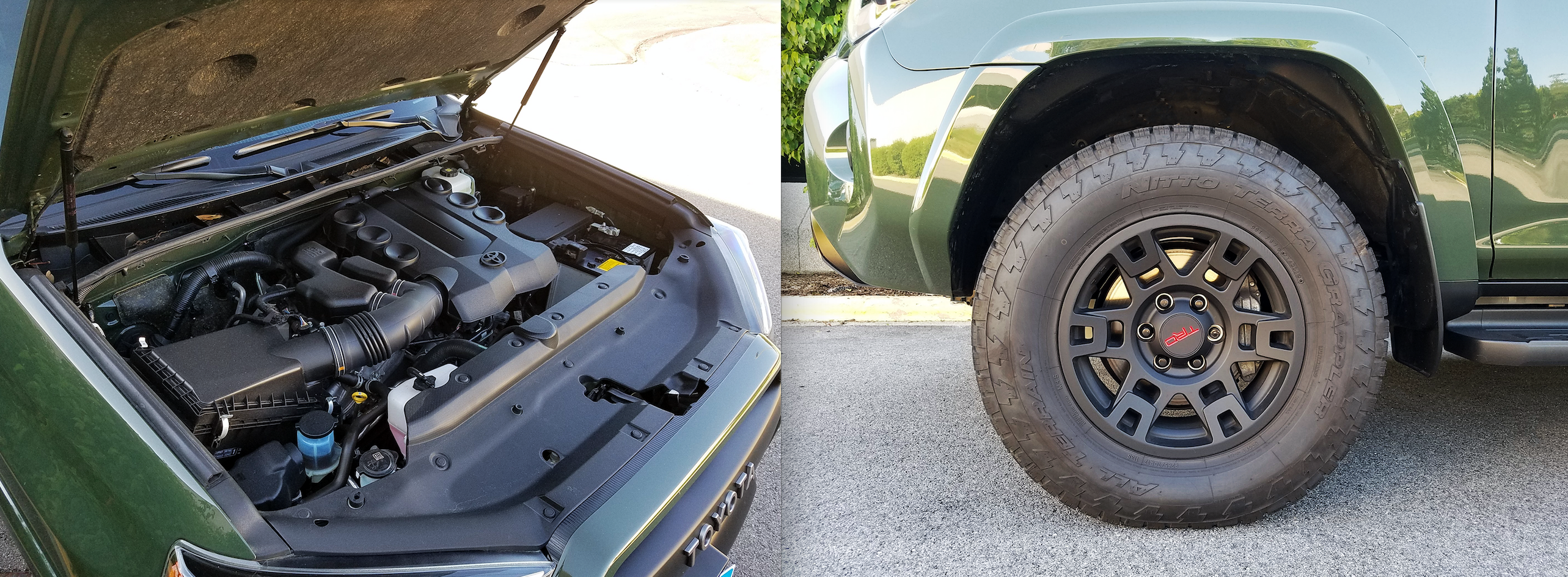
Some 4Runners come with three rows of seating for 7-passenger capacity, but all TRD models are 5-seaters with two-row seating. Overall, though, passenger room is merely OK by modern standards. There is decent legroom in front, but a little less of it in back. Three adults might squeeze across the second row if necessary. Headroom is good throughout. Seats are supportive, and the second-row back rests recline. Step-in is higher than in crossover sport-utes. The optional running boards that helped push the total cost of the tested vehicle to $51,968 were helpful in entries and exits.
Soft-touch surfaces cover the top of the dash and much of the door panels. Handy large dials control most climate-system settings, and physical knobs simplify audio tuning. Personal-item storage is handled by a glove box and covered console box that are both ample, storage pouches on the backs of the front seats, door pockets with bottle holders, and open cup holders in the center console and pull-down armrest in the middle of the back seat.
Cargo room behind the second-row seats is excellent for the class, and flexibility is enhanced by an optional sliding cargo deck that can be pulled out over the bumper for easier loading. This device can support 440 pounds, and when retracted serves as the cover for a shallow hidden storage space. For even more cargo room, the cushions for the rear seats, split 60/40, pivot forward to allow the seat backs to then fold completely flat.
At more than $50,000, the 4Runner TRD Pro reaches into the expensive end of the non-premium midsize sport-utility field. It’s a cost that will seem that much more glaring to anybody who highly rates comfort and modernity. But the 4Runner hangs on to be the choice for folks who’ve got other things on their minds.
Test Drive: 2019 Chevrolet Colorado ZR2 Bison
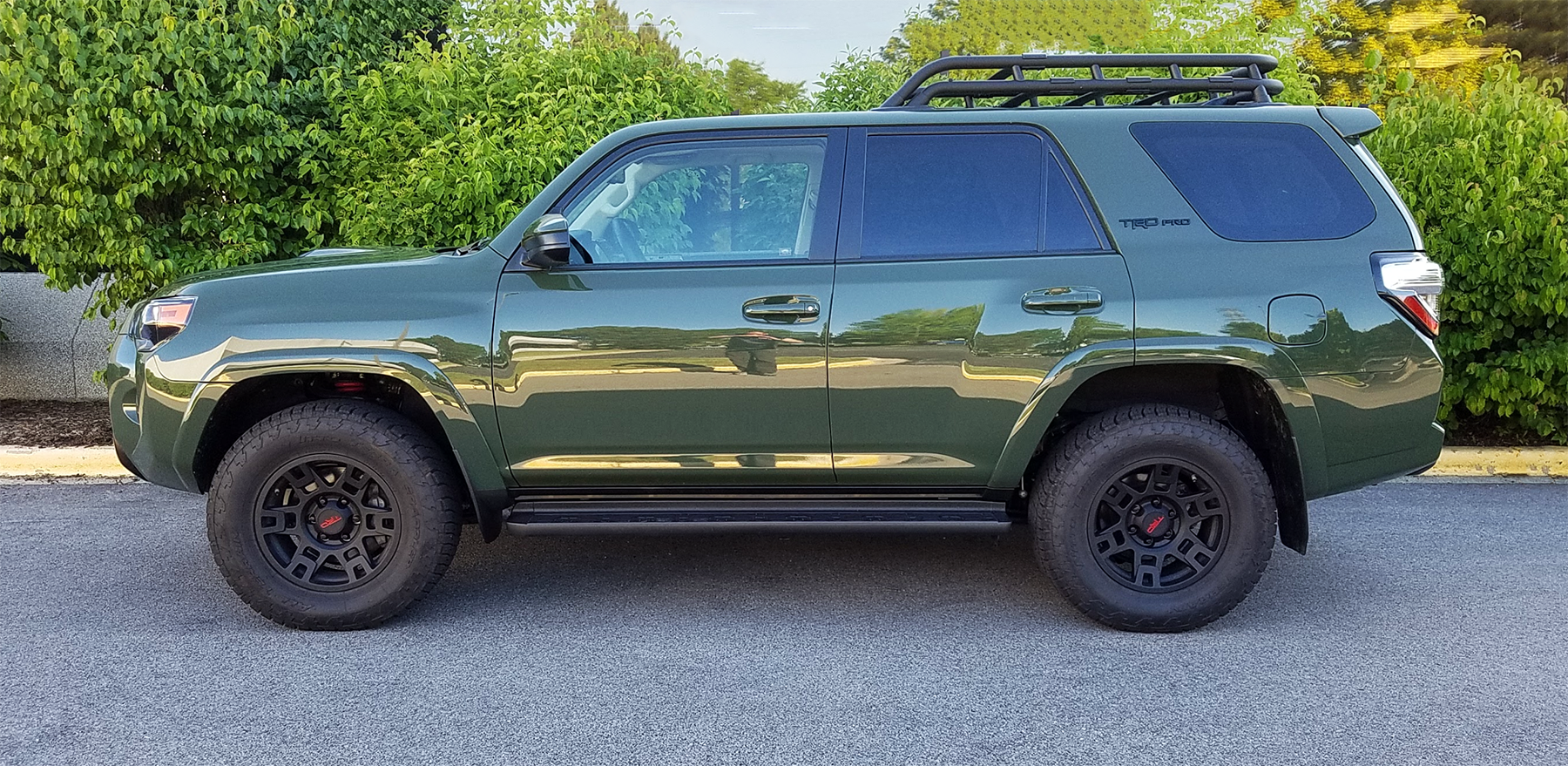
Great for long drives: back episodes of the entertaining Consumer Guide Car Stuff Podcast
2020 Toyota 4Runner TRD Pro Gallery
2020 Toyota 4Runner TRD Pro

